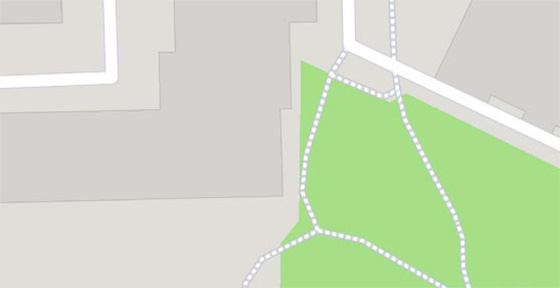Cardo was the main street in ancient Roman cities, lined with rows of columns on each side. The Jerusalem Roman Road begins at the Gate of Damascus in the north and crosses the city up to the area of the Gate of David. The central Cardo street in Jerusalem is 12 meters wide and served the city's inhabitants and pilgrims in Byzantine times. Today it is an important tourist attraction.
During his visit to Judea in the 130s of our era, Hadrian ordered the construction of a Roman colony in Jerusalem. Cardo Maximus has become the main communication artery of the city. The road was depicted on the 17th-century floor of the church in Medeba, Jordan. There is a mosaic map of the land of Israel with city walls, gates, churches and Cardo. The Middle East map in Jordan is the oldest cartographic representation of Jerusalem.
Excavations in the Jewish quarter in the 1970s revealed fragments of Cardo lined with stone slabs. Part of the Roman street was rebuilt and a modern commercial space with many shops selling souvenirs from Jerusalem was made available. Today, the Cardo line divides the Christian and Muslim district and remains the most important street in the Old Town.
Attractions inside




